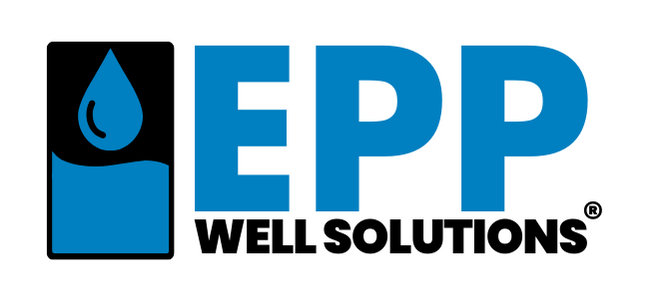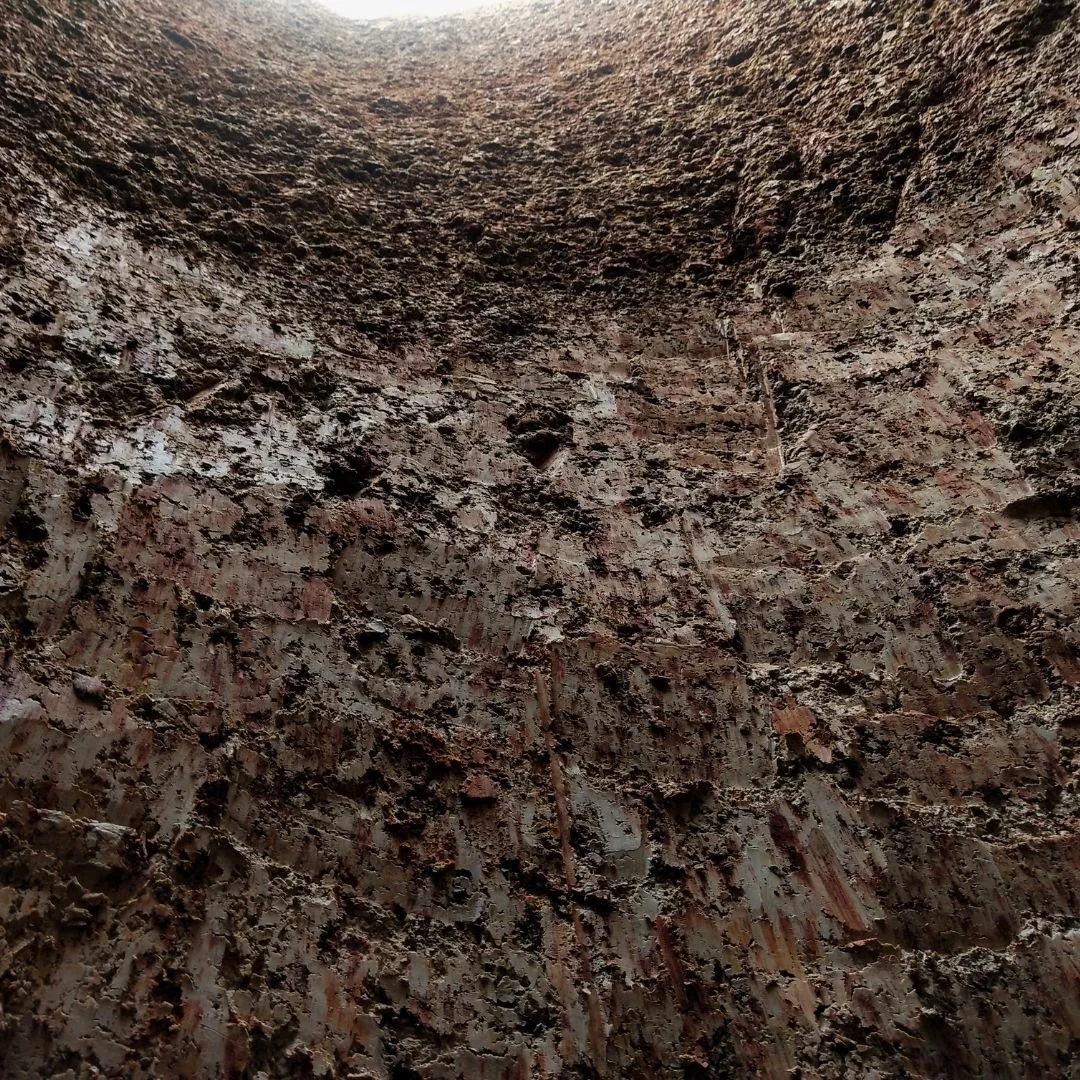What Are Well Fractures? Harvesting for Well Owners
Water is the essence of life, and for millions of homeowners across rural and suburban areas, private wells serve as the primary source of this vital resource. Yet, not all wells are created equal. Many rely on intricate underground networks shaped by geology, where the flow of groundwater depends on natural features like fractures in the rock. If you're a well owner, understanding well fractures can be the key to ensuring a reliable water supply. This article delves into the world of well fractures, exploring their formation, function, and the challenges they present. We'll also discuss practical strategies for harvesting water from these systems sustainably, including innovative tools designed to make life easier for well owners facing low-yield scenarios.
Understanding Well Fractures
At its core, a well fracture refers to the cracks, fissures, and joints that naturally occur in bedrock formations beneath the earth's surface. These are not man-made features but geological phenomena that develop through processes like tectonic shifts, erosion, and the freezing and thawing of water in rock pores. In regions dominated by hard rock such as granite, basalt, or limestone, groundwater doesn't pool in vast underground reservoirs like it does in sandy or gravelly aquifers. Instead, it seeps through these fractures, creating a network of pathways that store and transmit water to wells drilled into the rock.
Imagine the bedrock as a massive, solid block of stone, but one that's been stressed and strained by the planet's dynamic forces. Earthquakes, volcanic activity, and even the slow grind of continental plates can create these openings. Over time, water and dissolved minerals widen them, turning hairline cracks into conduits capable of holding and moving significant volumes of groundwater. For well owners, these fractures are the lifeline of their water supply. A well bore intersects these fractures, allowing water to flow in and replenish the well as it's pumped out. Without them, many wells in fractured rock areas would run dry almost immediately.
The Science Behind Fractures
The science behind well fractures ties into hydrogeology, the study of how water moves through the earth. In fractured rock aquifers, water storage is limited compared to porous media like sand aquifers, where water fills the spaces between grains. Here, the fractures act as both storage units and pipelines. The amount of water a fracture can yield depends on its size, orientation, and connectivity to other fractures. Wider fractures might hold more water, but if they're isolated, the well's recovery rate—the speed at which water refills the well—could be slow. This variability is why some wells produce water effortlessly, while others provide it at much slower rates.
For well owners in areas like the Appalachian Mountains, the Rocky Mountains, or parts of New England, fractured rock is the norm. These regions feature ancient bedrock that's been folded, faulted, and fractured by geological history. Drilling a well here isn't just about depth; it's about luck and science in hitting productive fractures. Hydrogeologists often use techniques like fracture trace mapping to locate promising sites. This method examines surface clues—such as straight-line valleys, aligned vegetation, or changes in soil moisture—to infer where underground fractures might lie. By aligning the well with these zones, owners increase their chances of a sustainable supply.
Challenges in Fractured Rock Systems
However, owning a well in fractured rock comes with unique challenges. Unlike wells in unconsolidated sediments, where water levels are more predictable, fractured systems can be erratic. Rainfall might recharge some fractures quickly, but droughts can leave them parched. Overpumping—drawing water faster than it replenishes—exacerbates this, potentially causing the well to cavitate or suck air, which damages pumps and reduces lifespan. Sediment buildup in fractures can also occur, clogging pathways and diminishing yield over time. Well owners might notice symptoms like sputtering faucets, low pressure, or even complete dry-ups during peak usage times, such as summer irrigation seasons.
Environmental factors add layers of complexity. Climate change, with its shifting precipitation patterns, can alter recharge rates in fractured aquifers. Increased development in rural areas means more wells competing for the same fracture networks, leading to drawdown effects where one well's pumping lowers water levels in neighboring ones. Contamination risks are higher too; pollutants from surface activities can travel quickly through fractures without the natural filtration provided by soil layers. Well owners must stay vigilant, testing water regularly for bacteria, nitrates, and heavy metals that might seep in via these direct pathways.
Strategies for Sustainable Harvesting
Addressing these issues requires a proactive approach to well management. Regular monitoring of water levels and pump performance is essential. Installing pressure gauges and flow meters can help track usage patterns and detect early signs of trouble. Hydrofracking—a process distinct from oil and gas fracking—offers a way to enhance yield. It involves injecting high-pressure water into the well to widen existing fractures or create new ones, potentially increasing flow rates. This technique has helped countless well owners revive underperforming wells without the need for redrilling.
Yet, even with enhanced fractures, sustainable harvesting remains crucial. Harvesting, in this context, means extracting water in a way that matches the aquifer's natural replenishment rate, avoiding depletion. Traditional methods often involve manual monitoring or basic timers on pumps, but these can be imprecise, leading to waste or shortages. Advanced strategies incorporate automation to optimize draw rates based on real-time conditions. For instance, systems that sense water levels and adjust pumping accordingly prevent overexploitation while maximizing available water.
Highlighting the Well Harvester
One innovative solution that stands out for well owners dealing with fractured rock challenges is the Well Harvester from Epp Well Solutions. This patented system is specifically designed for low-yield wells, where fractures provide limited but steady inflows. The Well Harvester automates the harvesting process, ensuring that water is drawn at a rate that aligns with the well's recovery capabilities. It prevents overpumping by monitoring levels and shutting off the pump when necessary, thus protecting the well from damage and extending its life.
What makes the Well Harvester particularly effective is its integration of smart technology with practical engineering. This means well owners can enjoy a consistent supply, even from fractures with slow recharge rates. The system also boosts pressure for household use, eliminating the frustration of weak showers or slow-filling appliances. By storing harvested water in a well water holding tank, it creates a buffer that allows for high-demand periods without straining the well. This approach not only saves energy—reducing pump cycles—but also cuts costs over time. Well owners report significant reductions in maintenance needs, as the system minimizes wear on pumps and prevents sediment stirring from aggressive pumping. For those in fractured rock areas, this tool transforms a marginal well into a reliable source, often avoiding the expense of drilling deeper or seeking alternative water options.
Maintenance for Long-Term Reliability
Maintenance in fractured well systems goes hand in hand with smart harvesting. Routine inspections should include checking for cracks in the well casing that could allow surface water intrusion, potentially contaminating the supply. Cleaning the well periodically—perhaps every few years—removes accumulated sediments that might block fractures. Chemical treatments or mechanical brushing can restore flow without invasive measures. Well owners should also consider the pump's condition; submersible pumps in deep fractured wells endure harsh environments, so selecting models with overload protection is wise.
Seasonal considerations play a role too. In winter, freezing can expand fractures, sometimes improving yield temporarily, but it also risks pipe bursts if not insulated. Summer droughts demand conservative usage, prioritizing essential needs like drinking and cooking over lawn watering. Diversifying water sources, such as rainwater collection for non-potable uses, can relieve pressure on the well. Education is key; local extension services or hydrogeology workshops provide valuable insights tailored to regional fracture patterns.
Future Outlook for Well Owners
Looking ahead, the future of well ownership in fractured areas involves embracing technology and conservation. Climate models predict more variable weather, which could stress these aquifers further. Innovations like remote monitoring apps allow owners to track their wells from smartphones, receiving notifications about anomalies. Community efforts, such as shared aquifer management plans, can prevent overdraw from interconnected fractures. By understanding the geology and adopting tools like automated harvesters, well owners can secure their water independence.
In essence, well fractures are nature's hidden plumbing, delivering groundwater through a labyrinth of rock openings. While they offer a sustainable source when managed well, they demand respect for their limitations. Harvesting strategies that prioritize balance—drawing what the system can provide without excess—ensure longevity. For those navigating low-yield fractured wells, solutions like the Well Harvester exemplify how innovation meets necessity, turning potential headaches into seamless reliability.
Deepening Your Knowledge
To deepen your knowledge, consider consulting a professional hydrogeologist for a site-specific assessment. They can map fractures using geophysical tools like electrical resistivity or seismic surveys, pinpointing optimal management strategies. Remember, every fracture tells a story of the earth's history, and with careful stewardship, it can continue providing for generations.
Expanding on the geological formation, well fractures often result from specific tectonic events. In fault zones, for example, shear forces create extensive fracture networks, sometimes spanning miles. These can form artesian wells where pressure pushes water to the surface naturally. In karst landscapes, dominated by soluble rocks like limestone, fractures evolve into larger voids through dissolution, creating cave systems that store vast amounts but pose collapse risks.
Well yield testing is another critical aspect. A step-drawdown test measures how water levels drop under increasing pump rates, revealing the fracture's capacity. If levels stabilize quickly, it indicates good connectivity; prolonged drawdown suggests isolation. Owners can use this data to set safe pumping limits, perhaps integrating it with automated systems for precision.
Economic implications shouldn't be overlooked. Drilling in fractured rock is costlier due to harder materials and unpredictable yields—sometimes requiring multiple attempts. Maintenance costs add up if overpumping leads to pump failures, which can run thousands to replace. Sustainable harvesting reduces these expenses, offering a return on investment through longevity.
Health considerations tie in as well. Fractured systems can harbor naturally occurring contaminants like radon or arsenic, leaching from rock minerals. Regular testing, perhaps annually, ensures safety. Filtration systems tailored to fracture-sourced water can address these, maintaining quality.
Ultimately, empowering well owners with knowledge about fractures fosters resilience. By blending science, technology, and mindful practices, harvesting becomes not just extraction, but a harmonious interaction with the earth's bounty.


